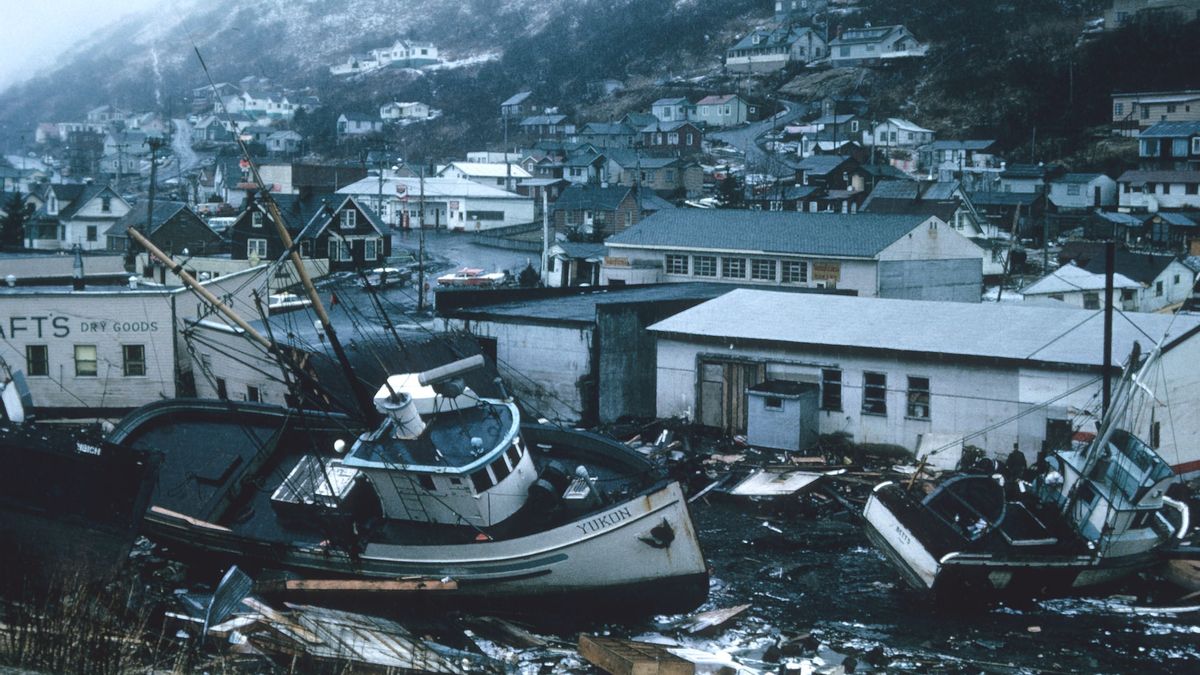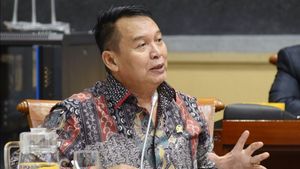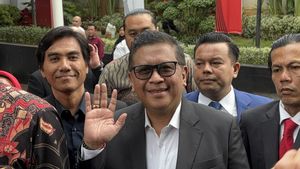YOGYAKARTA - Living in Southeast Asia, news must often be heard about earthquakes, floods, tornadoes, or other natural disasters that occur somewhere in the region.
Natural hazards come from sources ranging from geological, meteorological, hydrological to marine sources, among others. Sometimes, these dangers work in combination, producing a phenomenon known as hydrometeorological hazards. Then a hydrometeorological catastrophe is?
The United Nations International Strategy for Disaster Reduction (UNISDR) defines hydro-meteorological hazards as a process or natural phenomenon of the atmosphere, hydrology, or oceanography that can cause loss of life, injury or other health impacts, property damage, loss of livelihoods and services, social and economic disturbances, or environmental damage'.
They accounted for more than 75% of the damage associated with the disaster, including casualties, economic losses, infrastructure damage, and disruption to daily life.
These types of hazards include tropical cyclones (tops and hurricanes), floods (and flash floods), droughts, thunderstorms, coastal storm waves, and heat waves. Hydro-meteorological hazards can also affect other risks such as landslides, forest fires, and epidemics.
The ASEAN region is particularly vulnerable to hydro-meteorological phenomena because of its geographical and climatic location. In 2021 alone, the ASEAN Disaster Information Network (ADINet) noted that of the 1,406 disasters that occurred in the ASEAN region, 99% were classified as hydrometeorological. One of the worst hydro-meteorological hazards that hit Southeast Asia in the last decade was Topan Haiyan (known as Yolanda in the Philippines), which hit November 8, 2013.
Most are considered to be one of the strongest typhoons ever recorded in the world. history, with gusts of wind reaching 320 km/hour. It affected more than 16 million people, with 6,300 deaths, 1,000 people missing, and 28,000 injuries recorded afterward.
Although hydro-meteorological hazards always exist, the effects of continued climate change are expected to exacerbate disasters associated with these dangers. Increasing heat in the atmosphere and warmer sea surface temperatures cause changes in weather patterns, disrupting natural balance. Drought becomes longer and more intense, affecting the harvest and economy of the farmers.
Meanwhile, tropical storms are getting bigger and more violent, and rising sea levels erode the coastline, threatening the lives and livelihoods of coastal residents. Even urban communities with a densely populated population are not protected from risks, as severe flooding can result in damage to infrastructure and financial losses.
Hydrometeorological Can Be Predicted
Although the increasing frequency and severity of hydrometeorological hazards are a threat to ASEAN countries, hydrometeorological hazards can often be anticipated and monitored through weather forecasts, meaning that governments and the public have the opportunity to prepare, respond, and even carry out appropriate evacuations. Having an early warning system can greatly increase the chances of survival and reduce the human and economic impacts of hydrometeorological hazards.
adequate preparation and protective measures can be taken to prevent such hazards from turning into severe disasters. This includes building a hurricane-resistant structure and housing, improving infrastructure to absorb and better water resistance during heavy rains or storms, planting mangroves along the coastline to protect coastal areas from hurricanes and winds, and educating the public on how to respond in the event of a disaster. danger, to prevent human casualties.
In addition, governments, the private sector, and the public must actively participate in climate change mitigation to limit global warming and reduce its impact on the climate.
In the end, learning and adapting to coexistence with natural dangers will be key to developing ASEAN into a strong and resilient region.
So after knowing the hydrometeorological disaster is, see other interesting news on VOI, it's time to revolutionize news!
The English, Chinese, Japanese, Arabic, and French versions are automatically generated by the AI. So there may still be inaccuracies in translating, please always see Indonesian as our main language. (system supported by DigitalSiber.id)








